
Forecast of location and direction of super typhoon Yagi (typhoon No. 3) at 10:00 pm on September 5 – Photo: NCHMF
According to the National Center for Hydro-Meteorological Forecasting at 10:00 pm on September 5, the center of super typhoon Yagi (typhoon No. 3) was about 315 km east of Hainan Island (China). The strongest wind near the center of the storm was level 16 (184 - 201 km/h), gusting to level 17.
The General Department of Hydrometeorology ( Ministry of Natural Resources and Environment ) assessed this as a very strong storm with a wide circulation. The area with strong winds above level 8 has a radius of about 250km, the area with strong winds above level 10 is about 150km, the area with strong winds above level 12 is about 80km around the center of the storm.
This unit also said that international storm forecasting centers all have the same opinion that storm No. 3 will continue to maintain super storm level (level 16 or higher) until it reaches the eastern coastal area of Hainan Island.
After that, storm No. 3 will move into the Gulf of Tonkin and weaken, and when it affects the mainland, its intensity will likely continue to decrease.
The US forecast says that super typhoon Yagi will have a level 15 intensity when entering the Gulf of Tonkin, and a level 13-14 intensity when approaching the shore, with the main area of influence from Quang Ninh to Ha Tinh .
Forecasts from Japan and China share the same opinion that super typhoon Yagi will have a level 13-14 intensity when entering the Gulf of Tonkin, and a level 12-13 intensity when approaching the shore, with the main area of influence from Quang Ninh to Ninh Binh.
The National Center for Hydro-Meteorological Forecasting predicts that around the night of September 6, the storm will pass the northern area of Hainan Island and move into the Gulf of Tonkin, then directly affect all coastal provinces from Quang Ninh to Thanh Hoa.
Around the afternoon to night of September 7, the storm moved inland to the northern provinces, then moved to the northwest, weakened into a low pressure area and gradually dissipated.
From early morning on September 7, coastal areas of provinces and cities from Quang Ninh to Thanh Hoa have winds gradually increasing to level 6-7, then increasing to level 8-9, areas near the storm center (Quang Ninh, Hai Phong, Thai Binh, North Nam Dinh) level 10-12, gusting to level 14. Inland areas in the Northeast have strong winds of level 6-8, gusting to level 9-11.
From the night of September 6 to the morning of September 9, in the provinces of Quang Ninh, Hai Phong, Lang Son, Ha Giang, Phu Tho, Hoa Binh, the Northern Delta (including Hanoi) and Thanh Hoa, there will be heavy to very heavy rain with average rainfall of 150 - 350mm, locally over 500mm. Other places in the Northeast and North Central regions will have average rainfall of 100 - 150mm.
From the afternoon of September 7 to the end of September 8, the Northwest region will have heavy rain, some places will have very heavy rain with common rainfall of 100 - 200mm. Particularly in Lao Cai, Yen Bai, Son La provinces, it will be 150 - 250mm, locally over 350mm.
The meteorological agency also warns that due to the influence of the wide storm circulation, it is necessary to be on guard against the risk of thunderstorms, tornadoes and strong gusts of wind both before and during the storm's landfall.
Risk of flash floods, landslides and flooding widely in mountainous provinces, the Northern midland delta, urban areas, especially the provinces and cities of Quang Ninh, Hai Phong, Lang Son, Cao Bang, Ha Giang, Yen Bai, Bac Kan, Thai Nguyen.
"In case the subtropical high pressure tongue retreats quickly to the east (20% probability), storm No. 3 will move more to the north, passing through the Leizhou island area, affecting the Guangxi province (China). In Vietnam, the main affected area will be the Gulf of Tonkin, and the mainland will be the provinces of Quang Ninh and Hai Phong. The impacts on rain and wind will be significantly reduced," the General Department of Hydrometeorology noted.














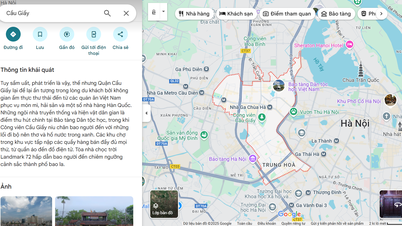







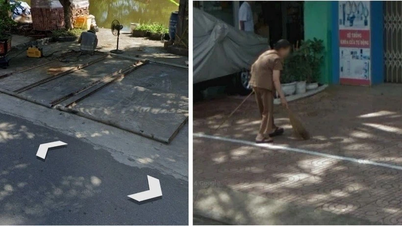
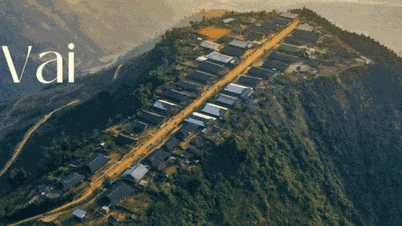














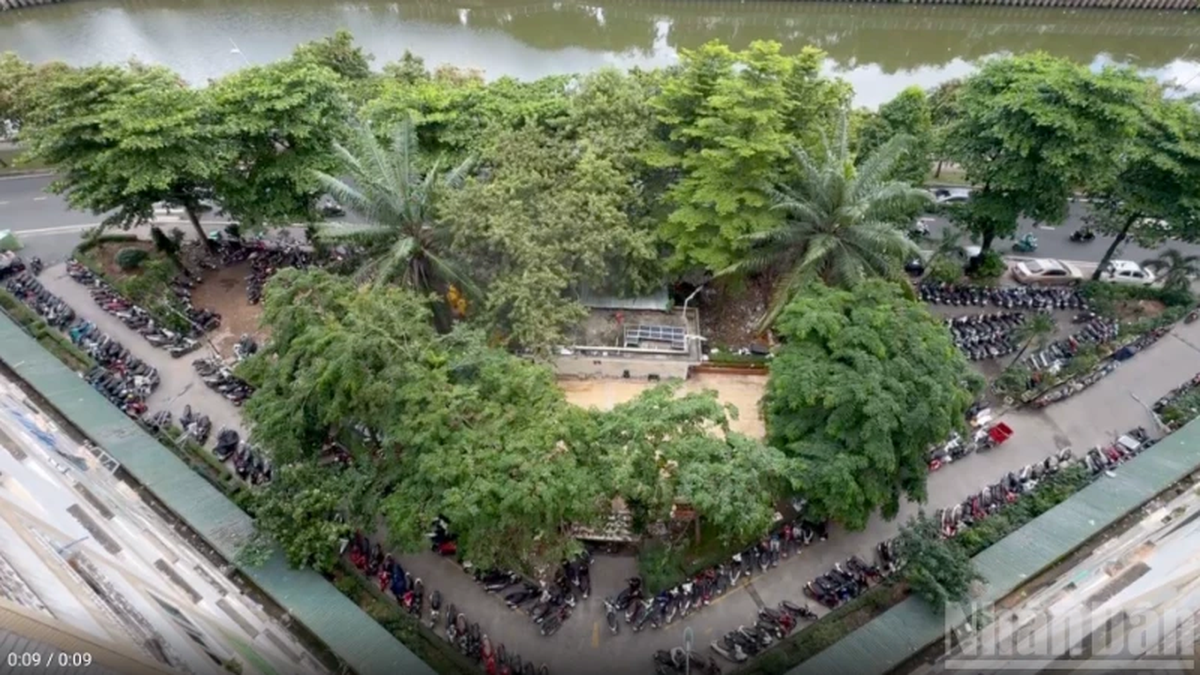
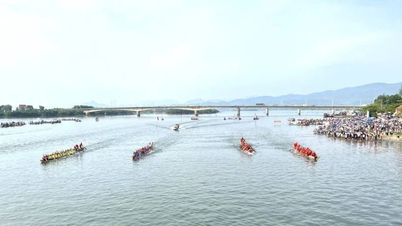




































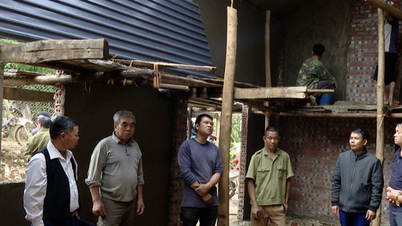





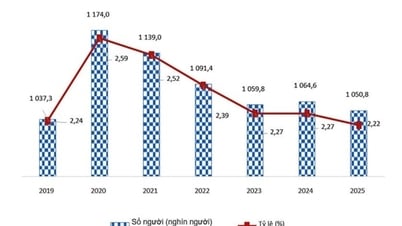

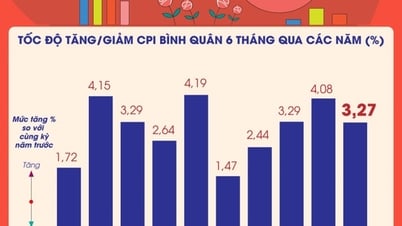














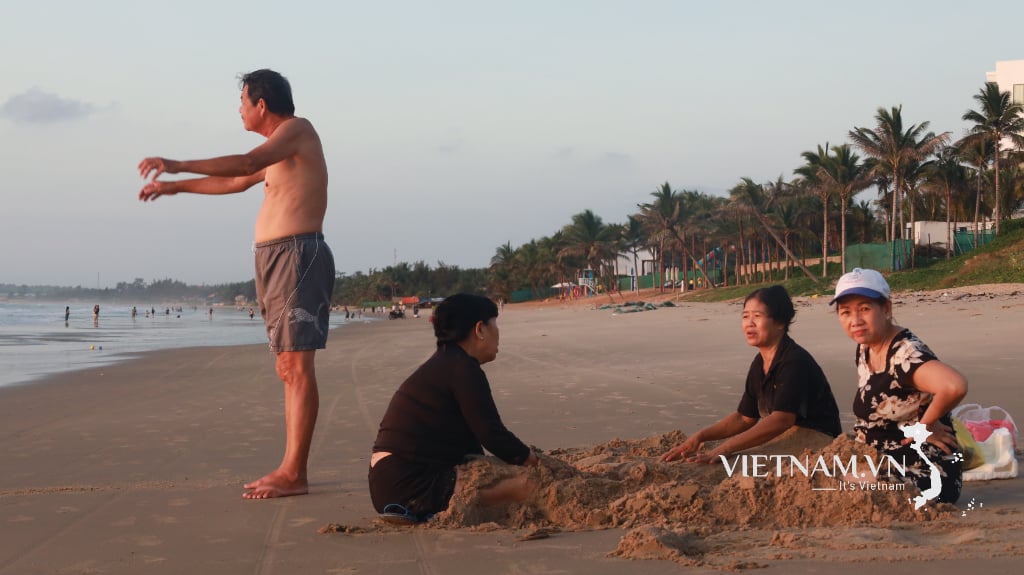
Comment (0)